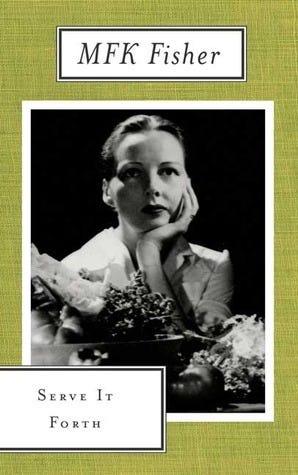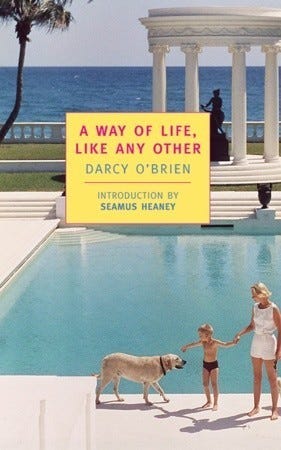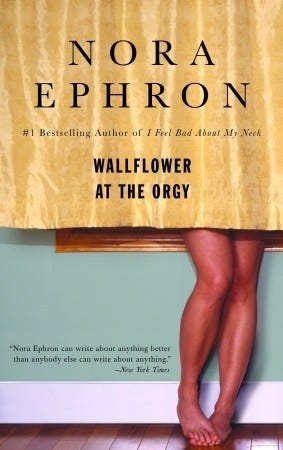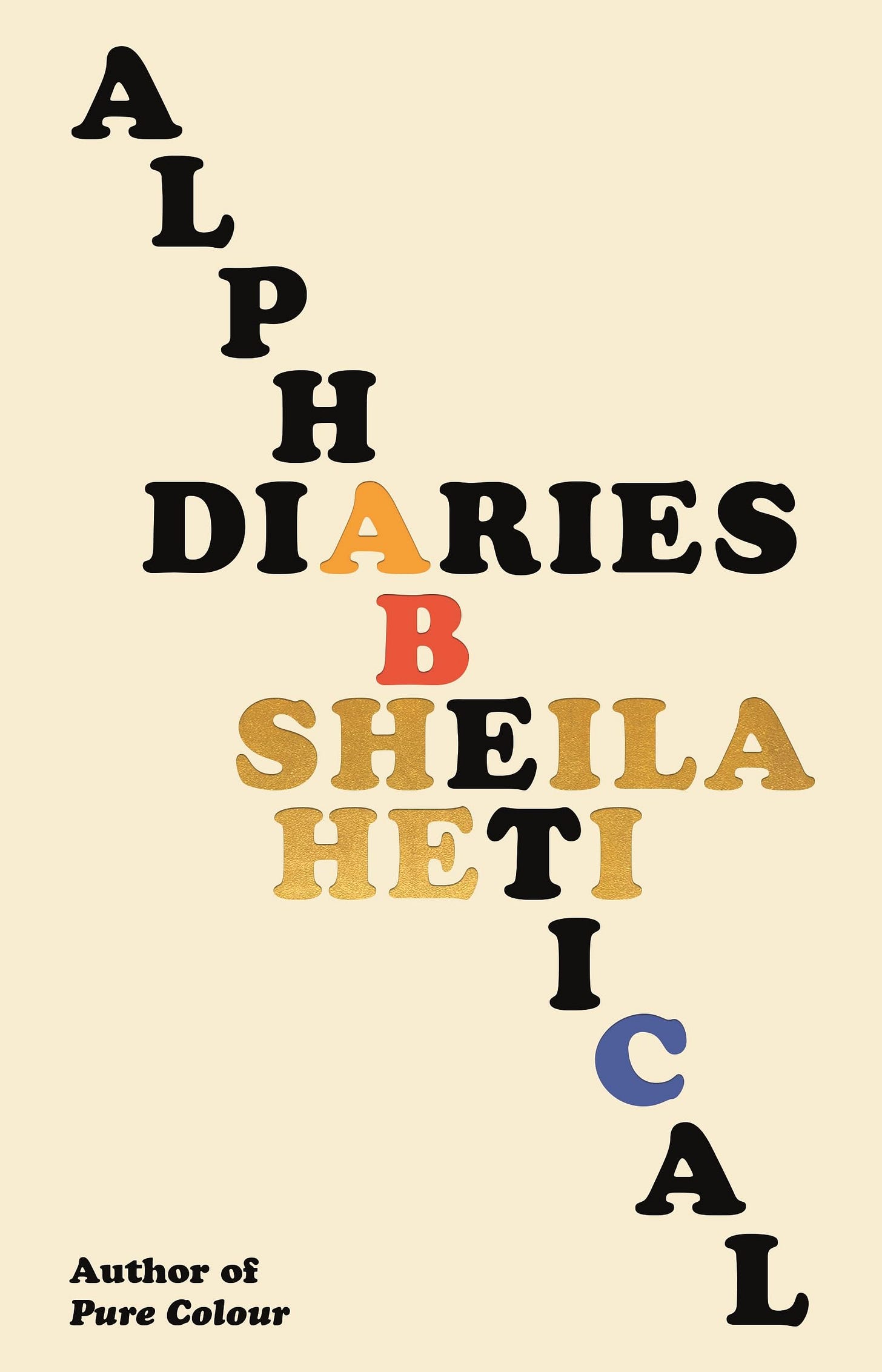An honest accounting of adventures in reading. Below is the middle of the list. Part I, the bottom of the list, is here. Top five to come!
Fiction and Nonfiction, Part II
11. Perfumes: the Guide by Luca Turin and Tanya Sanchez ( 2018)
This is the 2018 follow-up to the wonderful 2008 guide by the same authors. (I wrote about it in this post, under #6.) Luca Turin is a biophysicist who is intrigued by the olfactory sense and the concept of perfume as an art form; he also happens to be an erudite and highly entertaining writer with a real handle on vivid metaphor. This title is probably for fragrance enthusiasts only (which I have surprisingly discovered myself to be in recent years). It’s not at the level of the 2008 guide, which is the product of deep thinking about classic fragrances and their composition over a lifetime. This update is less focused and covers a niche market that is ever-changing, making some of the content obsolete, but the opening essays offer an interesting summary of the state of the art, and some of the bad reviews are hilarious. A comforting before-bed read in times of stress.
10. Serve It Forth by M.F.K. Fisher (1937)
This is M.F.K. Fisher’s first book, a collection of mini-essays on the history of food and stories of characters she encountered in the world of gastronomy. I’ve enjoyed her later work more, but it’s still quite readable, I’m guessing much more so than the average book published in 1937. I was impressed by her confidence and boldness (she was 29 when it was published). I love a strong opinion and she expresses many - about the underappreciated qualities of potatoes, the charms and annoyances of cookbooks past, etc. This book also made me put Brillat-Savarin’s The Physiology of Taste on my to-read list. She writes as if he is impossible to surpass in terms of food writing. So interesting given how iconic and influential she herself became, and how long ago Brillat-Savarin lived and wrote (1755-1826).
9. The Bonfire of the Vanities by Tom Wolfe (Farrar, Straus & Giroux, 1987)
I’d been avoiding Tom Wolfe most of my adult reading life precisely because he seemed so intent on taking up a lot of space. I came across a nice hardback edition of this novel in a free book box on the street, and being back in New York now and having grown through sufficient stages of feminist rage to not take the boys’ club nature of the whole Tom Wolfe project too personally, it felt like the right time to pick it up. The novel offers a deeply sardonic view of humanity. Nearly all of the (mostly male) characters are motivated by vanity, greed, self-interest, and a fundamental tribalism. His descriptions of race relations in New York City wouldn’t be allowed into print today, I don’t think. At times I did think they verged on racist, but then had to acknowledge that he’s equally hard on all his characters, no matter the gender, sexual orientation, race, ethnicity, religion, or geographic background. It’s a hard-edged assessment of humanity, but Wolfe is also greatly entertained by the follies of men and is generous with the details. I appreciated his intense commitment to authenticity, getting it all down just right. He tells you exactly how much the Park Avenue apartment cost, what the Bronx public prosecutors eat for lunch, the fabric of the suit worn by the Harlem preacher. It becomes like a historical painting where each gesture, each tableau tells you some something precise and complex about the time, in this case, the fraught New York City of the 1980s.
8. A Way of Life, Like Any Other by Darcy O’Brien (New York Review Books, 2001, originally 1977)
A novel about growing up in Hollywood in the 1950s with divorced, eccentric parents, who are washed up relics of the film industry. The narrator’s father was a former star of cowboy pictures and his mother once a beautiful actress who gave it all up for marriage. The story has an odd shape, with various tonal shifts from beginning to end (starts out much funnier than it ends). The narrator is self-effacing but elicits understanding and empathy with his piercing observations of the unhinged adults around him. There’s a masterful ability of evoking a teenaged point of view with the benefit of hindsight.
7. Wallflower at the Orgy by Nora Ephron (Random House, 1970)
Nora Ephron has a lot of superfans, and reading through the Goodreads reviews* of this essay collection, it seems like it’s one of her lesser-loved ones. I’m not an Ephron superfan - I like her work well enough (her elitism keeps me from fully loving her), but I did quite enjoy several of the pieces here and was impressed by how they stood up over time despite being zeitgeist-y magazine pieces. It made me feel closer to the past. There’s an essay on Women’s Wear Daily and its ridiculous coverage of “the ladies who lunch”, for example, that made think about Internet-lingo and memes, and how this kind of casual, conversational-relational shape of media and public communication started in the 1960s. Her profile of Rod McKuen and Erich Segal, respectively the wealthiest and best-selling poet and novelist at the time, was also satisfyingly biting about their mediocrity. It gave me faith that wildly successful, media-hyped mediocrities fade with time, and made me cheer for the triumph of poets and writers of that time, like Sylvia Plath, Joan Didion, Kurt Vonnegut and Ursula LeGuin, whose work is still resonant and read today (while those dudes’ works are rightfully decaying in bins of discarded books).
6. Alphabetical Diaries by Sheila Heti (Farrar, Straus & Giroux, 2024)
Sheila Heti typed up her diaries over a 10-year period, put the sentences in alphabetical order, and carved this book out of them. It’s almost like a piece of conceptual art, but it works (meaning, it’s not tiresome after you “get” the thrust of the project, as a lot of conceptual projects can be). None of the reviews I read acknowledged what an arduous task of editing this must have entailed - I have no doubt she left a lot out, and much of its force comes from wry juxtaposition. What emerges is a funny, sexy, recursive, sometimes confusing portrait of the artist as a young, neurotic, bisexual Canadian woman. It’s admirable for being an anti-novel that’s readable, and also a physically lovely book.
***
* If like me you are trying to do what you can to leave the major tech-lord platforms, note that Goodreads is owned by Jeff Bezos and all of its links to books point to Amazon (the worst place to buy books, don’t do it!!). I’ve recently heard about StoryGraph as an alternative to Goodreads. It was founded by a woman of color and apparently does not have nefarious underlying aims. I have not yet made the switch (it’s on my to-do list though!), so I can’t report on its utility, but putting it out there for any Goodreads users. Apparently it’s easy to import all of the GR data into it. The Goodreads platform is garbage anyway, I wasn’t ever a fan, I mostly use it to track books I’ve read, so it won’t be difficult to leave. It would be nice to see reader friends on the alternative platform.
If you enjoyed this newsletter, please feel free to share it!









I just made the switch to Storygraph and it was super easy, best done on a laptop/desktop though and not your phone. It’s also visually much more appealing than GR, they actually put love for books into it it seems. Thanks for your reading recommendations, looking forward to the next!
Thanks for this latest group of recommendations, Meg. So interesting and inviting and makes me want to read an essay collections which is underrepresented in my usual reads. Love your writing and unique point of view!